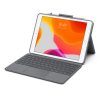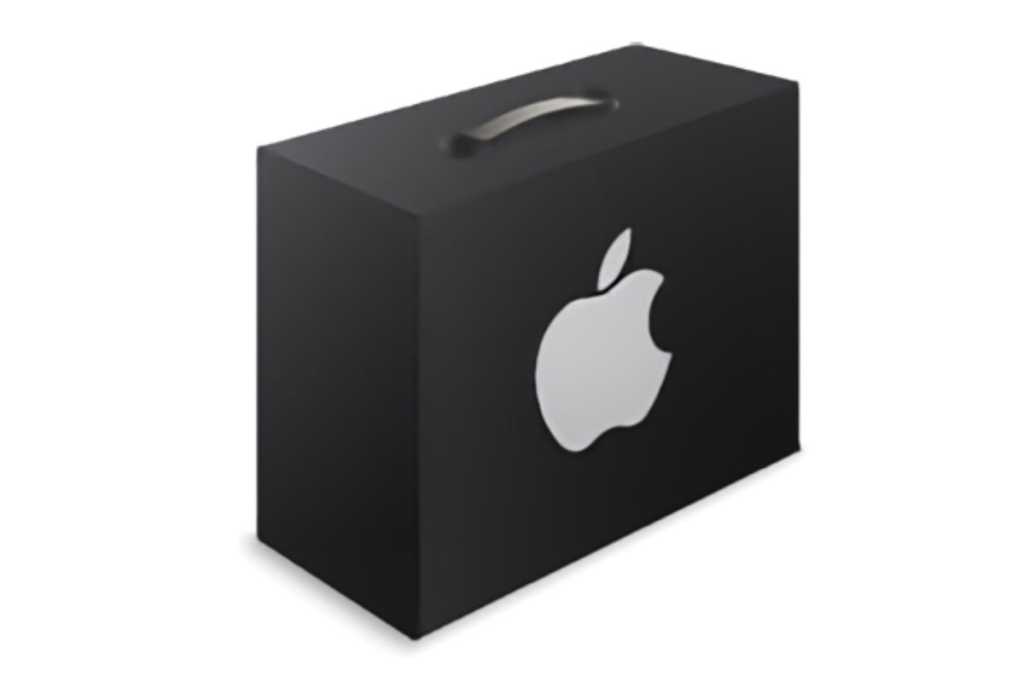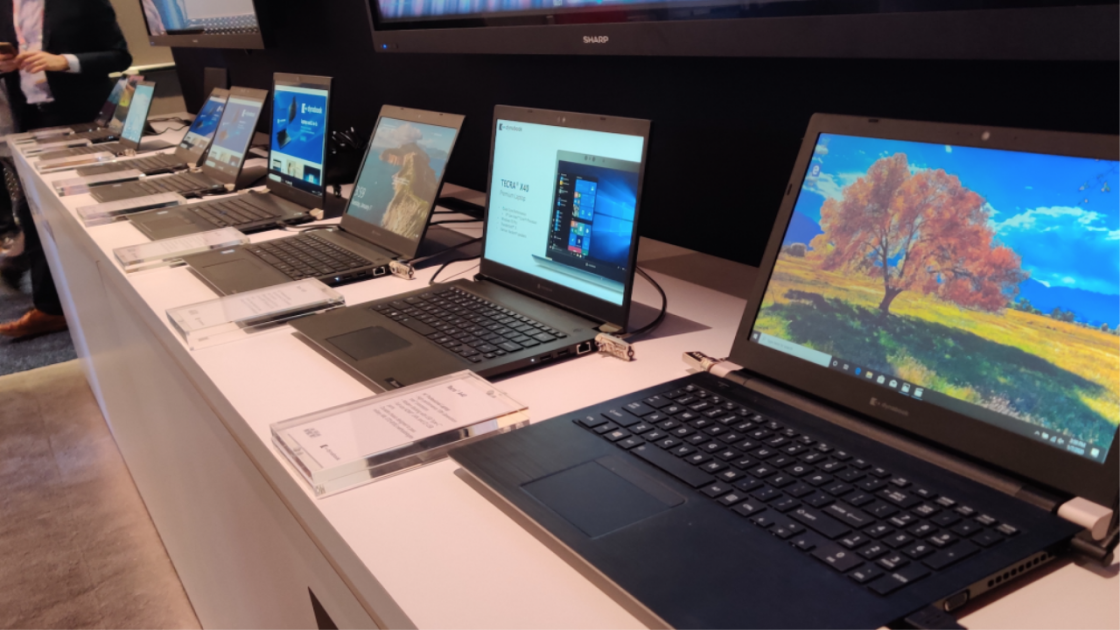There is something more significant going on here with the Magic Keyboard.
The Magic Keyboard builds on what Apple calls the Smart Folio for the iPad Pro. What they both provide, along with the new Apple Pencil, is smart magnetic attachment to the "raw" iPad Pro.
This may seem ho hum; it's anything but. You have to use this magnetic attachment a few times to appreciate just how magical and unusual it is. The device is not simply "magnetic", rather it uses a particular pattern of dipoles along various edges to ensure that when a matching peripheral is brought near to the iPad
- it is sucked onto the iPad
- with perfect alignment
The dipole pattern provides both the alignment and a very rapid power law fall-off of the magnetic strength, so that devices are attached strongly, but are very easily pulled off as soon as you make a deliberate effort.
This means that your raw iPad Pro can be very easily configured from one use case to another. So use case A is the keyboard. For travel, rip off the keyboard and drop on the Folio. But wait, there's more! If you're a crazy tinkerer, like I am, then you go the next step which is
- you get a cantilevered arm (like a fancy desk lamp)
- you screw one end above your head board
- you connect the other end to an iPad-strength magnetic mount (yay standards! everything just fits together)
- and now you have what?
You have an arm over your bed that you can swing out the way very easily, and to which you can easily attach your iPad Pro, to hang in the air, stable, solid, but easily maneuvered, while you read or watch

Magnetic attachment (either in the unsophisticated form of a camera/car mount) or the sophisticated form of the Smart Folio and Magic Keyboard, is just one of those dimensions of this new product category that hasn't yet been fully internalized by the world.
Just like in say 2009 few really appreciated the full scope of what it meant that a phone had the camera as an additional input device, so today few really appreciate just how much is enabled by magnetism in the portable space, how it enables a class of devices that meet the promise of the Surface or the Yoga without the downsides. I'm not sure even Apple really appreciated this until maybe two or three years ago when someone inside the company design center actually used the first Magic Keyboard prototype and said to themselves "Holy Moly! This changes everything!"
(Magic Keyboard doesn't change everything! It doesn't, for example, give the iPad a bigger screen. But you'd be amazed at how much it does change.)











